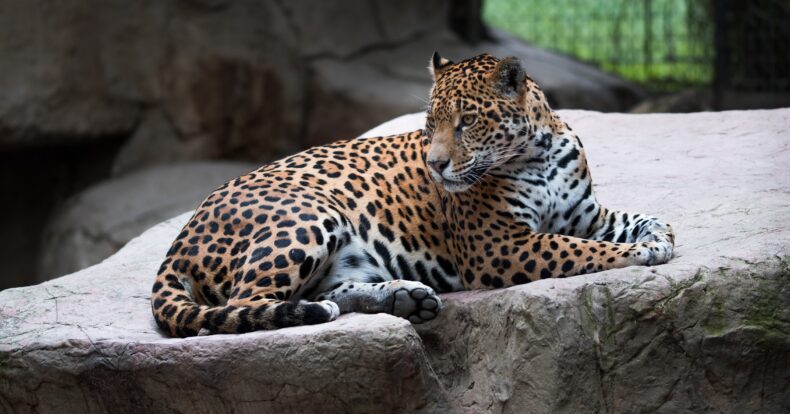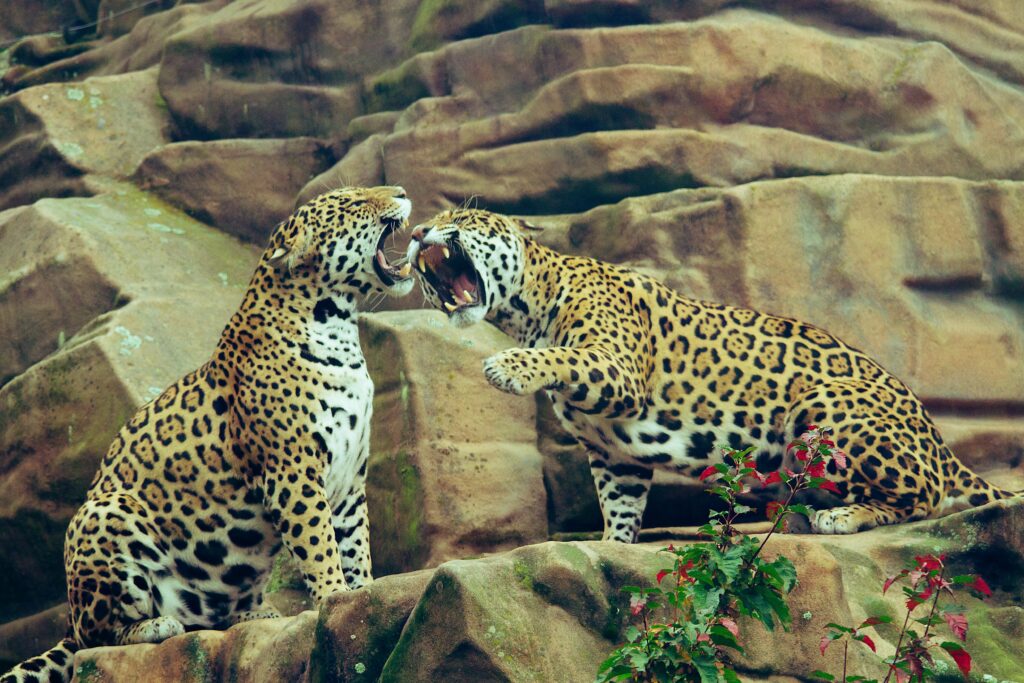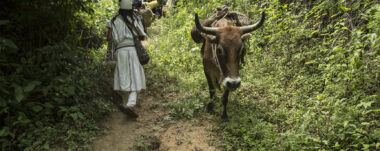Wildlife in Costa Rica: The Jaguar

The jaguar is the largest feline in the Americas and one of the most beautiful felines in the world. They are found in tropical rainforests, humid forests and dry forests.
In fact, the jaguar is a solitary animal. They hunt at night and sleep during the day. They live alone or with their mate and young. On the other hand, they are also very strong swimmers and can even swim across a river to look for food on the other side. They have excellent hearing, which they use to hunt by listening for the movement of prey through leaves or grass on the ground.
The Jaguar
These animals have been a symbol of power and beauty for many centuries.
The jaguar is a large and powerful feline that lives in Central and South America. That is, they are solitary animals that hunt at night, so people rarely see them. This is because they live in rainforests, grasslands and other habitats with dense canopy in Costa Rica. They like to swim and often cross rivers or lakes to find prey on the other side of the water.
Jaguars are hunted for their fur coat, which is used to make luxury coats and hats for humans. They are also hunted for their teeth, which can be sold as trophies or pieces of jewelry.
Within the country, these felines are protected by law in Costa Rica and are one of the most popular animal species in the country.
Over the years, Costa Ricans have recognized their wealth and worked to protect and conserve it in protected areas. Whether it is a national park, a protected area, a natural refuge or a forest reserve. In other words, the government reserves more than a quarter of the national territory for nature to act naturally.
Although there are many sanctuaries in Costa Rica that protect jaguars, it is not always easy to keep them safe from poachers who kill them illegally for their fur or to sell their parts on the black market.

Sanctuaries, breeding and protection
The country is home to some of the most diverse wildlife on the planet, with more than half of its territory covered by forests. Not to mention that it is also home to several different species, including: monkeys, sloths, toucans, anteaters and armadillos, just to name a few. In fact, Costa Rica is home to the third largest population of jaguars in the world. This makes it one of the most important places for these animals in the world.
The first jaguar was sighted in Costa Rica in 1849 and since then they have been protected by sanctuaries and breeding programs. The country has also created a national park to protect them, called La Amistad International Park.
Over the past five years, the Sustainable Biodiversity Fund has been supporting small and medium-sized forest farms in four regions of Costa Rica. This work highlights the conservation and protection of biodiversity, which is done through environmental education and citizen science. The conservation program is an economic incentive and technical support for forest maintenance.
Although jaguars are one of Costa Rica’s most important natural resources, they are also considered a symbol of beauty and power. In fact, there is a law that prohibits hunting them because they are greatly admired by the people who live there. However, they are endangered and face many threats. The two main threats to jaguars in Costa Rica are habitat destruction and hunting.
Author: Zelda Walters for Sensorial Sunsets
Sources
https://costarica.org/es/animales/grandes-felinos/
http://www.ict.go.cr/es/noticias-destacadas-2/1667-jaguar-es-declarado-bajo-la-m
Navigate articles




